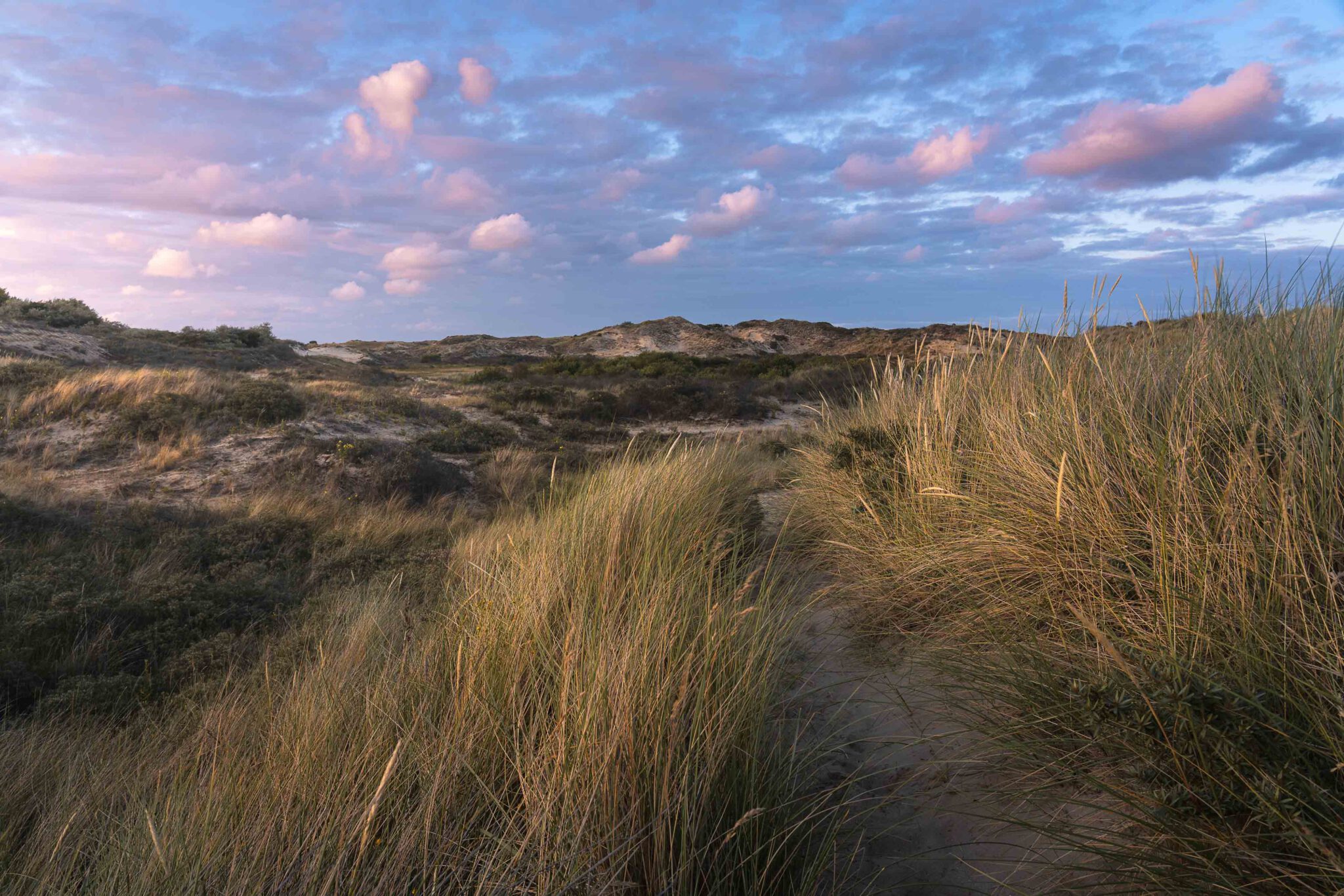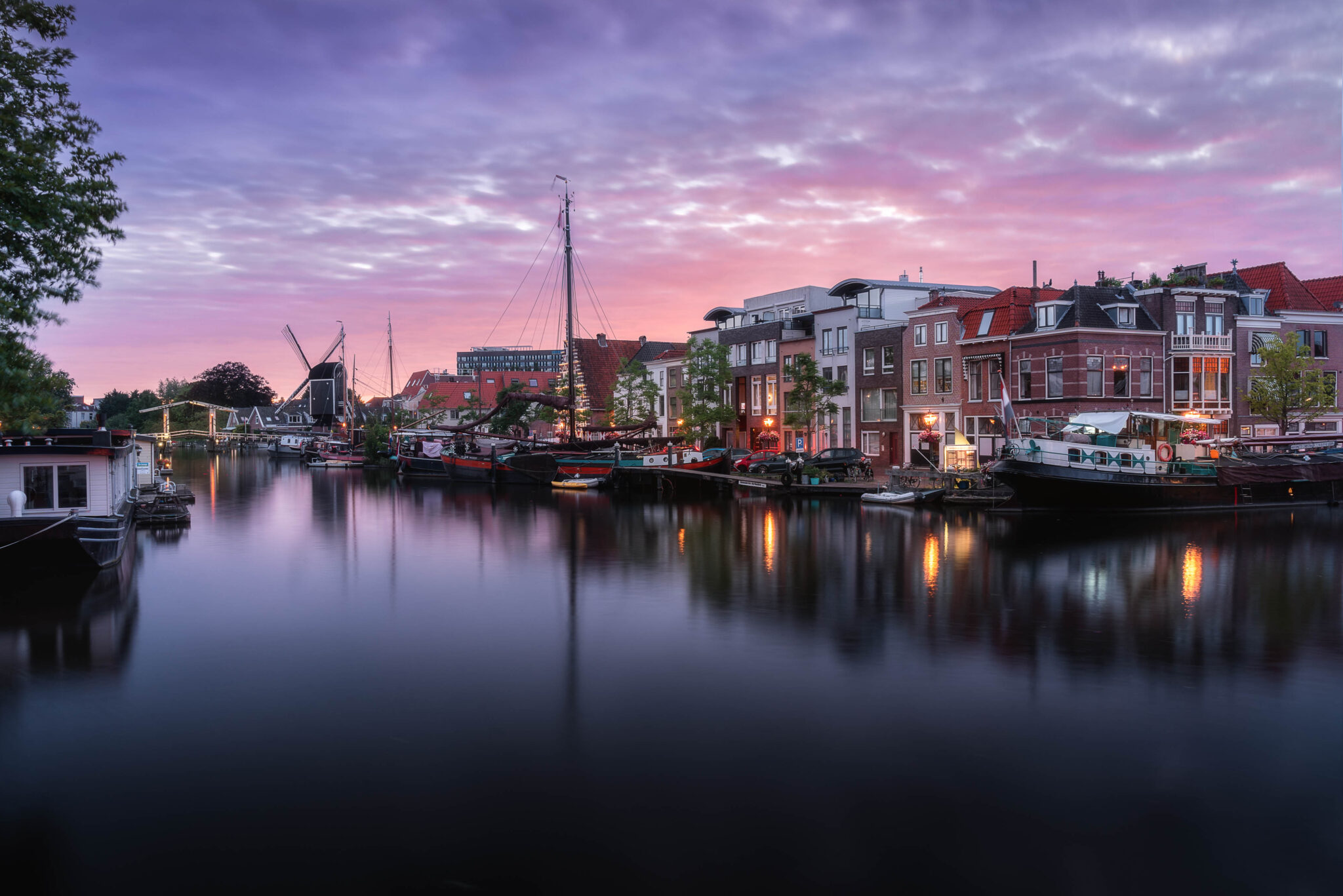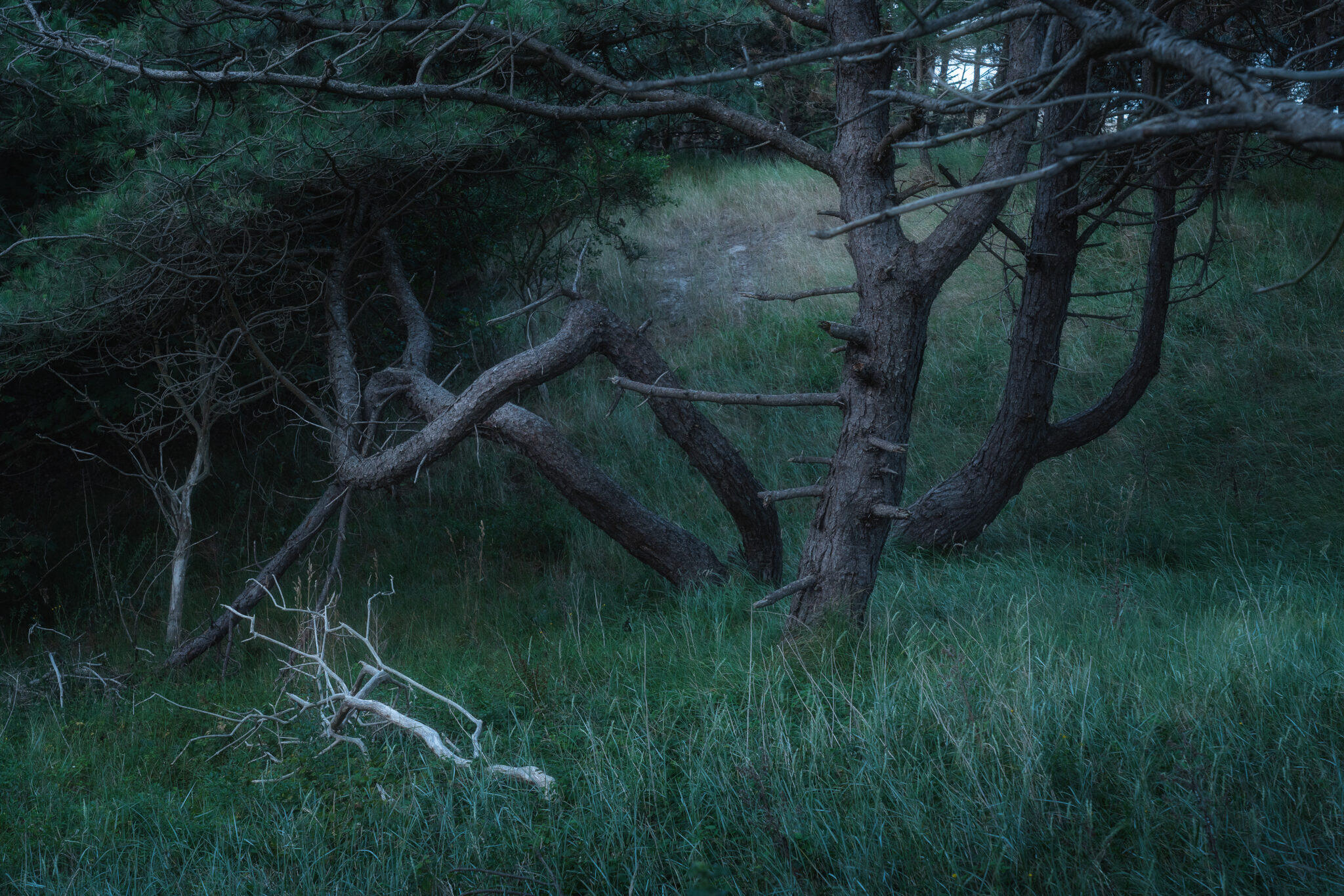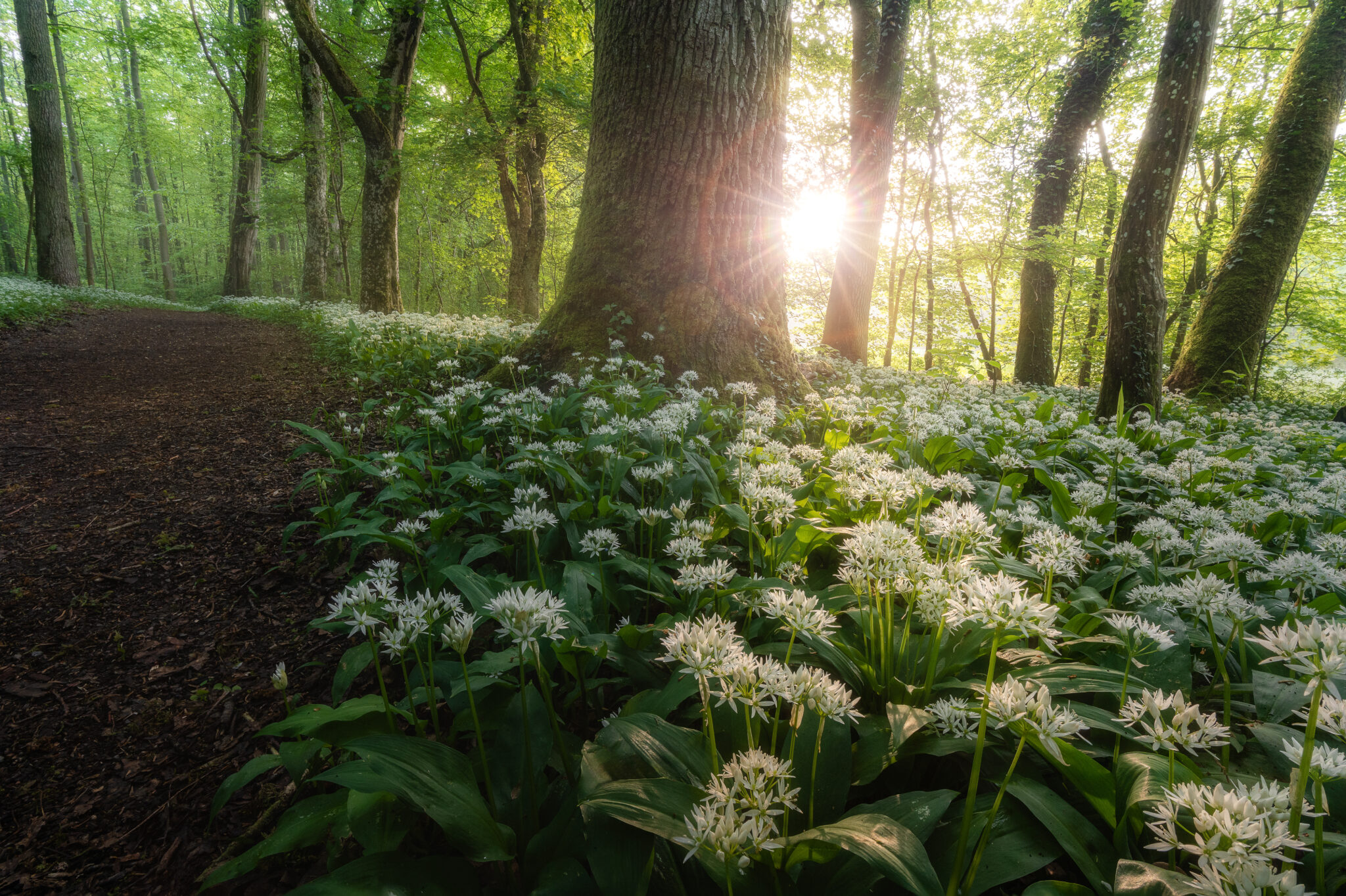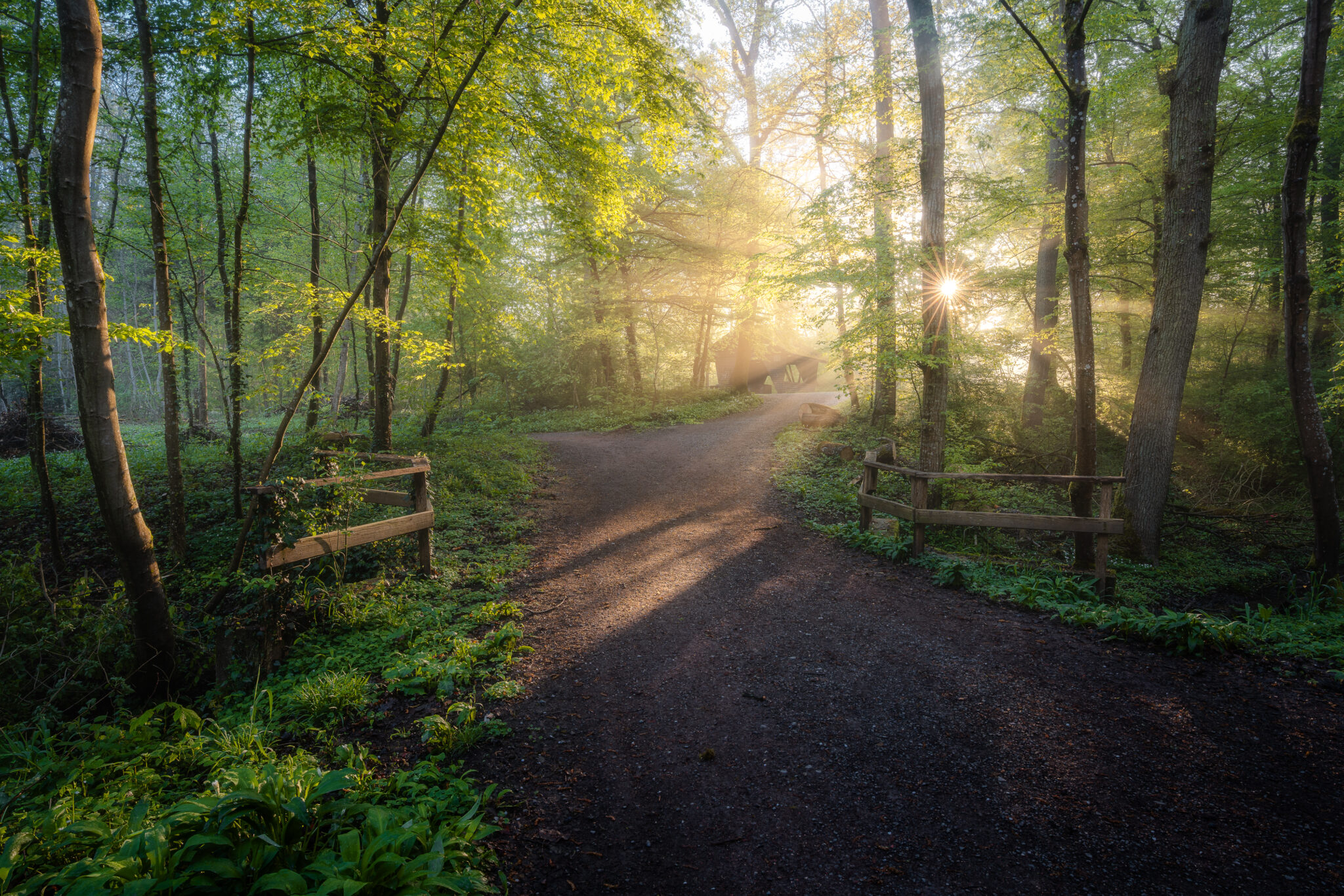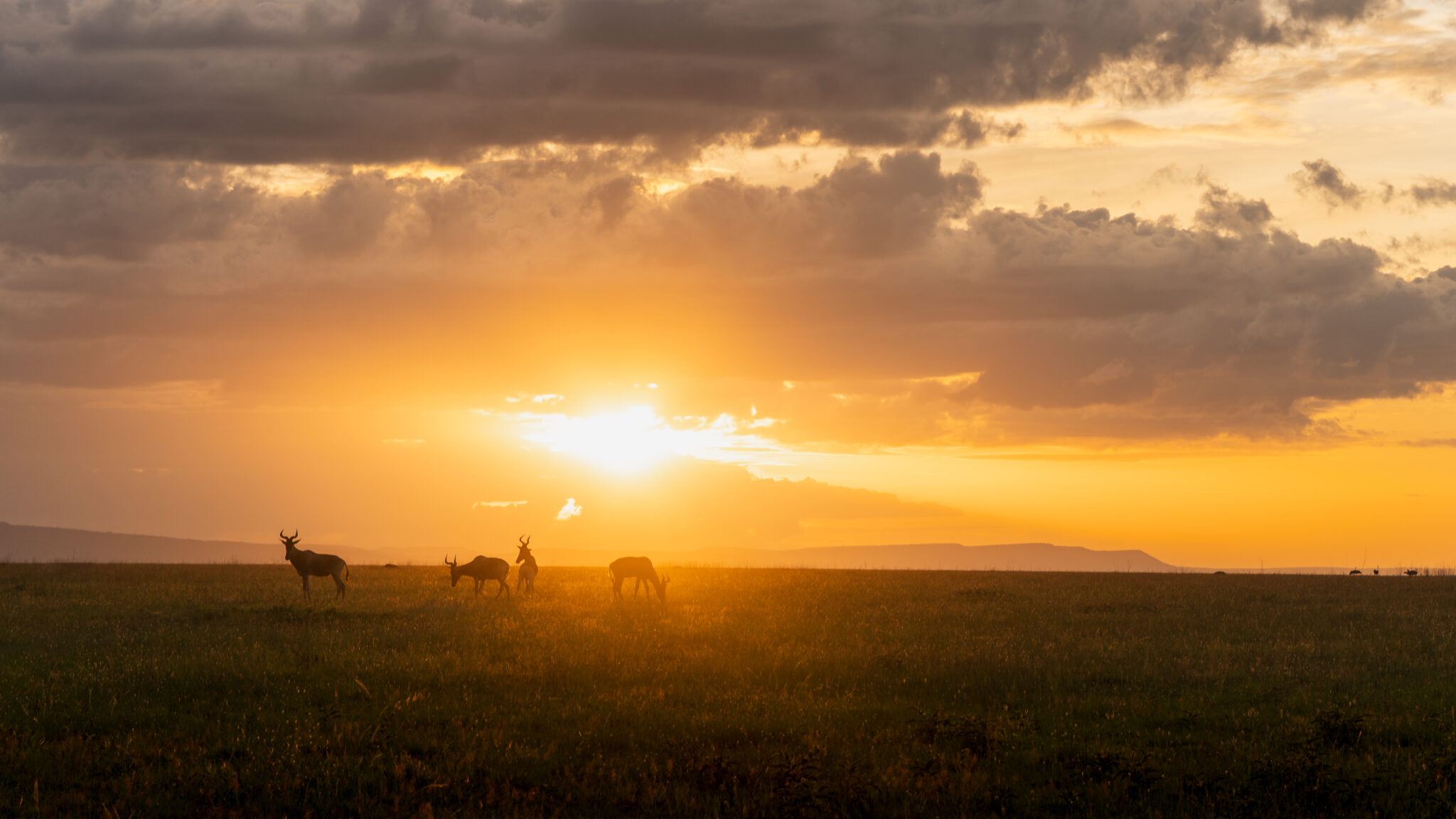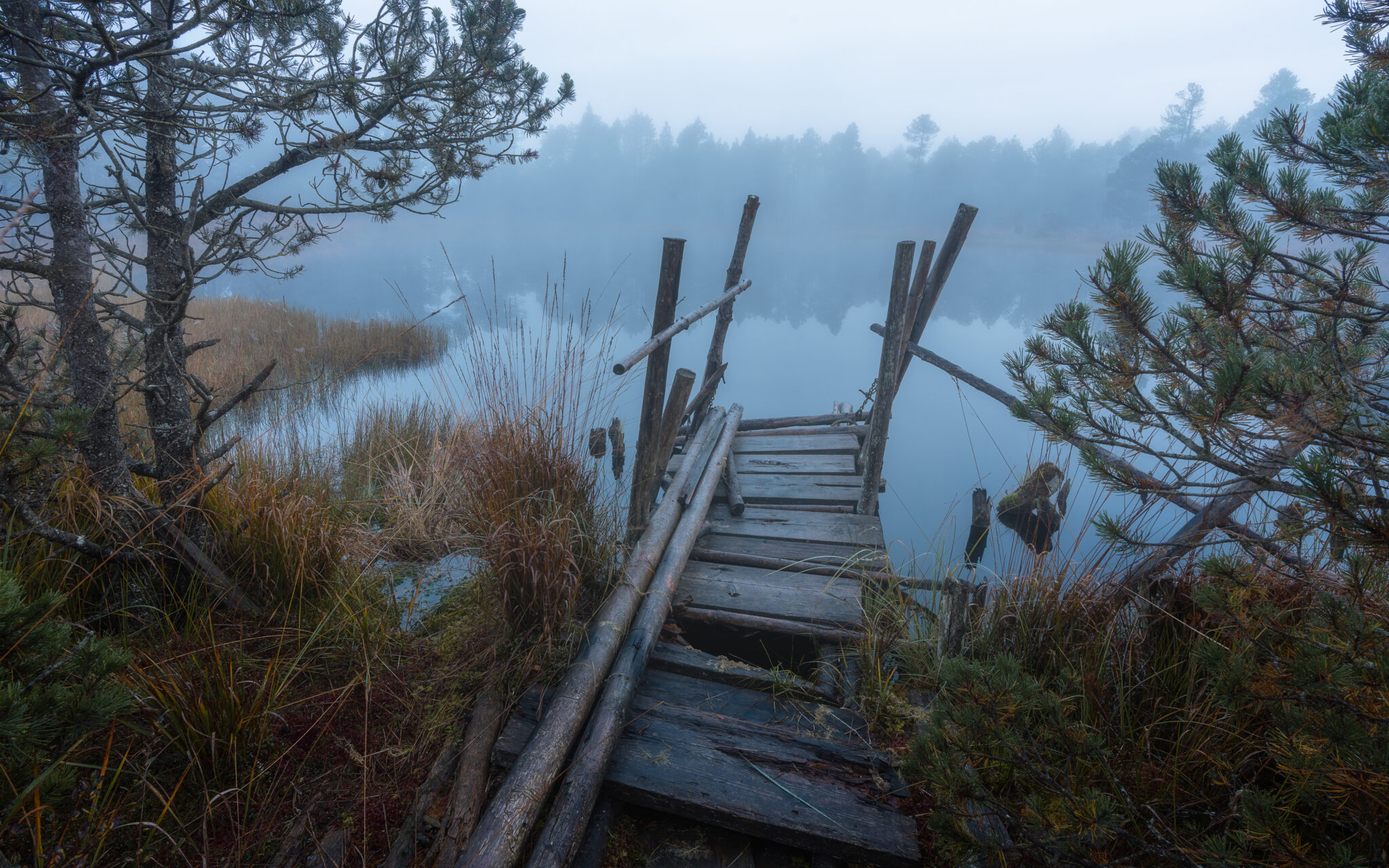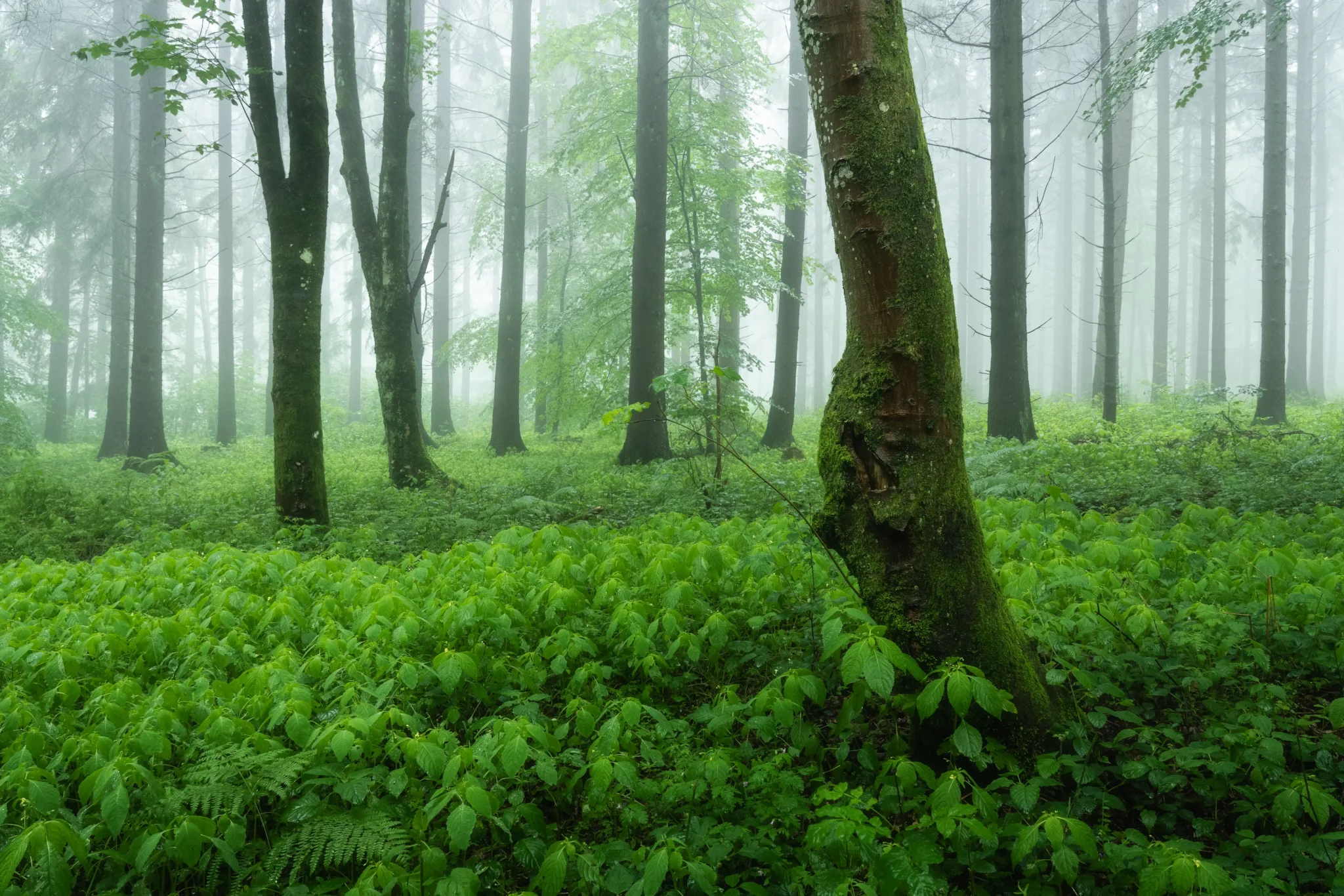Im heutigen VLOG/BLOG gebe ich euch insgesamt 6 Methoden an die Hand, wie ihr mit Lightroom oder Photoshop schnell und einfach den sogenannten Orton-Effekt auf eure Bilder legen könnt.
Der Orton-Effekt ist ein märchenhafter, malerischer Look der euren Bildern ein wenig Glow und Softness verpasst. Mystische Stimmungen werden so noch etwas verstärkt, Nebel oder Dunst wirken noch etwas kräftiger und geheimnisvoller, Strukturen im Wasser etwas weicher. Der Effekt selbst stammt aus der analogen Fotografie von Michael Orton. Dieser benötige zwei Bilder dazu. Eins scharf und etwas überbelichtet und ein weiteres überbelichtetes unscharfes Foto. Diese hat er dann in der Dunkelkammer übereinander gelegt, und so entstand der Look, der mit Orton-Effekt heute bekannt ist. Dank der digitalen Fotografie, müssen wir diesen zwei Aufnahmen nicht mehr tätigen, sondern können den Effekt ganz einfach, und vor allen Dingen auch präziser und feiner in Lightroom und Photoshop nachbauen.
